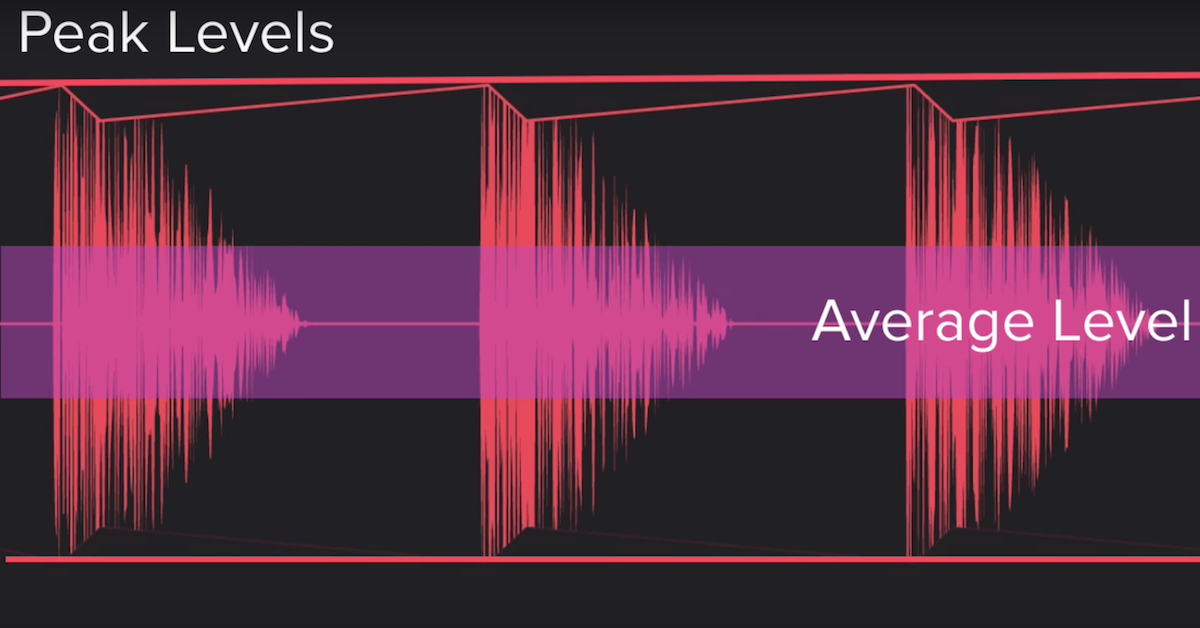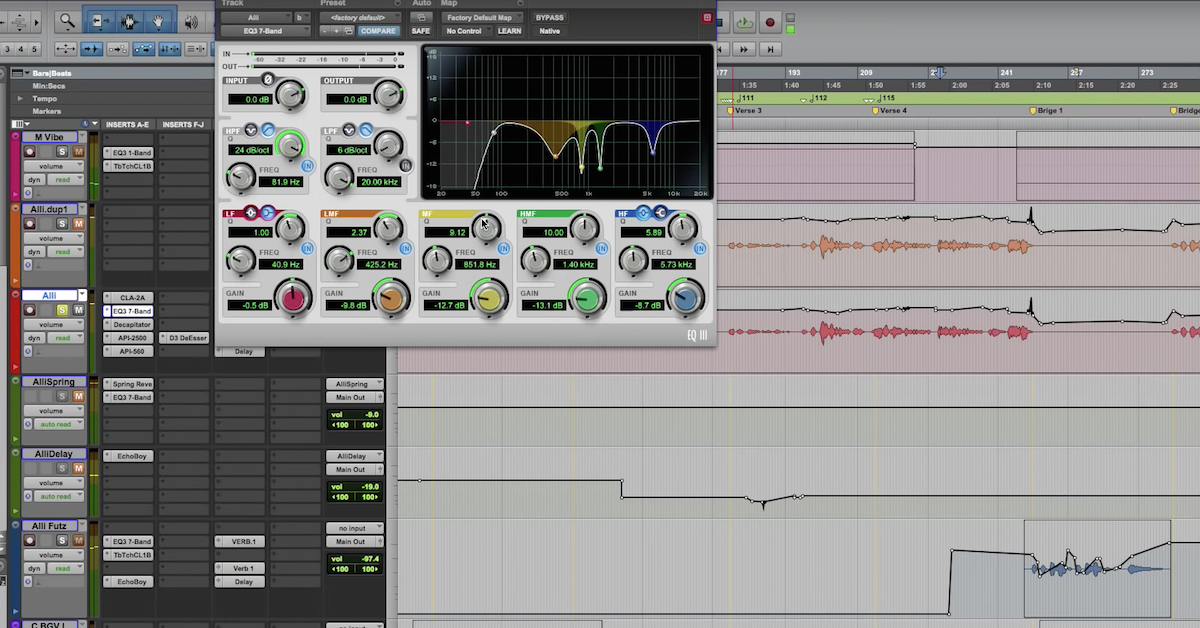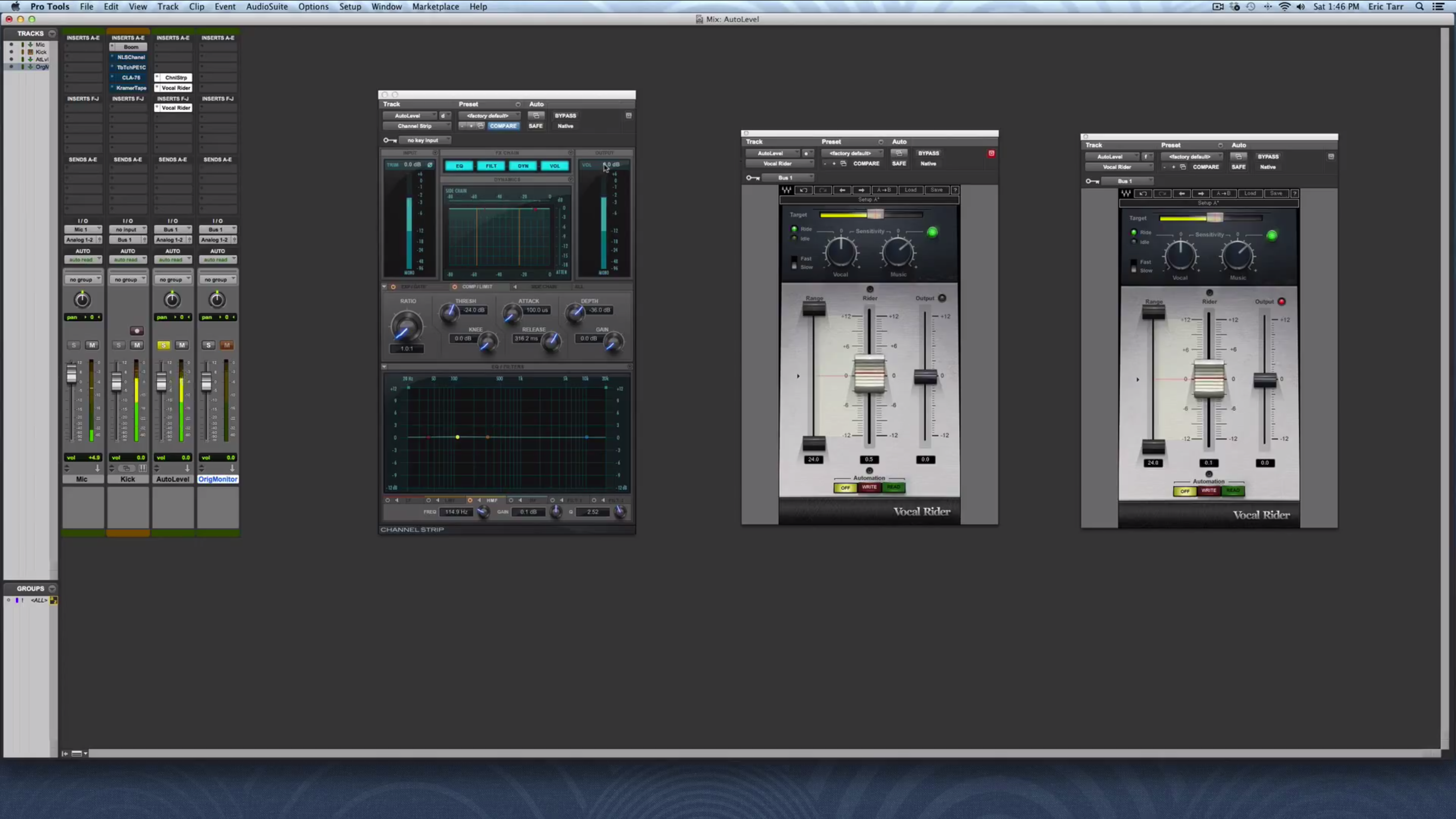People’s Court: Loudness vs. Hip-Hop
Article Content
If you’re new to music production you may not have heard of “The Loudness Wars.”
Briefly stated, the idea is that we interpret louder as more powerful or bigger. The louder something is, the more impactive it feels. That’s why DJs start their club sets with the faders all the way up. They want that floor to shake. Everyone wants their record to be the biggest one on the dance floor so people have become competitive in terms of a record’s playback level.
Problem is, there’s limits to how loud a record can play back. And naturally, we hit that limit a long time ago. So now, the competition has become about figuring out how to increase the perceived loudness of a record.
There are three basic ways we can increase perceived loudness, but there are some pretty nasty downsides to all of them. So I’m going to present the pros and cons and make a case for why Hip-Hop ultimately shouldn’t actively seek thee loudest records, with some exception.
1. Frequency Curve
Human beings do not perceive all frequencies equally at equal amplitude. In other words, if a 60 Hz tone plays at 70 dB, and 1000 Hz plays at 70 dB, we will hear the 1000Hz tone as being louder. Even though both tones are actually the same level. Because of this, the more a record is leaned toward upper midrange frequencies the louder it will be.
In a way, this can be good. The upper mids contain vocal clarity, lots of great musical harmonics for many instruments, the punch for snares, the body of hi-hats, and the smack of kick drums. There’s a lot of good stuff in that upper midrange!
However, Hip-Hop loves low tones! The body of the snare, the thump of the kick, the sub-rattling bass… it’s all in that lower frequency range. And while there’s plenty of tricks for making the low end appear bigger, the actual physical presence of bass is simply subject to the laws of physics. Real physical bass takes up headroom and there’s no two ways about it!
So the question is: how much of that low end are you willing to sacrifice to get your record louder?
2. Sustaining Sounds
Which sound is louder: a sound at 70db that sustains for 8ms, or a sound at 70db that sustains for 40ms?
Well, if the sounds are in every other way the same, the one that sustains longer will be perceived as louder. This is where limiting and compression come into the fold.
Once we hit that playback ceiling, the next way to make things louder is to have them hang out at that ceiling for longer. By compressing the signal we lower all the transient sounds in the record — all those quick bursts of energy. This gives us more headroom and now we can turn the record up more. Which results in the same record, but all sounds effectively lasting at full volume a bit longer.
In a way, this can be good. Proper use of compression and/or limiting can actually fatten a sound and make it appear punchier. And, the sustain of a sound often contains a lot of the tone and texture.
However, Hip-Hop loves punch! The natural hit of a drum is an attack lasting only a few milliseconds. With compression, there is a point where punch starts to turn into sustain and once that happens we effectively get a very loud sound with no attack. Demonstrations of this effect are all over the internet, but suffice to say that when the listener plays back an over-compressed record at equal perceived level as a properly treated record, the properly treated one hits much harder!
So the question is: how much punch are you willing to sacrifice to get your record louder?
3. Distortion
If you can’t jam more amplitude into a record, jam more frequency content!
You know what’s way louder than any record you’ve ever heard in your life? White noise played back at full level. White noise is the entire audible frequency band playing back at the same level. As a sound distorts, filling up with new harmonic content, it’s effectively approaching “white noise.”
Distortion can be a great tool. It provides an emotional energy, color, and can put life into a sound. And, it’s connotative of Hip-Hop because life isn’t always pretty. Sometimes it’s rough. Hip-Hop isn’t supposed to be fancy and polished — it can be, but that’s not where it comes from. And distortion is part of that equation.
However, distortion can also be annoying. Distortion should be used to enrich the listener’s experience of the record, not annoy them into not wanting to listen at all!
Nothing is worse than a crappy club system that buzzes every time the bass hits. You definitely don’t want that sound to be part of the record! The key to distortion is having it on your own terms.
So the question is: how much distortion are you willing to incur to get your record louder?
Conclusion
Seems like my post is a bit slanted right? I make a pretty compelling case for leaving the playback level lower right? So why does everyone want their music louder and louder and louder? Well, the whole crux of the lower playback level being better rests on the idea that the end listener can control their own playback volume.
If a record is quiet, they can just turn up the volume knob. But what about when the end listener does NOT have control over the playback, like at a club? The DJ turns the level up all the way, hits the red, and plays. It’s not like the DJ is going to turn the volume down on the louder records. So club music I think gets a certain pass in terms of the loudness thing.
In my opinion, people dance to songs they enjoy — so while I do feel loudness is important in a club, it’s not the only consideration. When compression and distortion start to interfere with the groove of the record that’s where the line gets drawn.
Now, there’s a broader picture idea here as well. A large part of this loudness thing has a lot to do with trying to make one record sound like another record. “Rick Ross’s record is loud, ok, I want my record to be loud as well.” It’s a game of follow the leader.
Remember, you get harder hitting, cleaner, bass-heavier records with less loudness — so how valuable is “fitting in?”
Feel free to leave your answer to that question in the comment section below!






